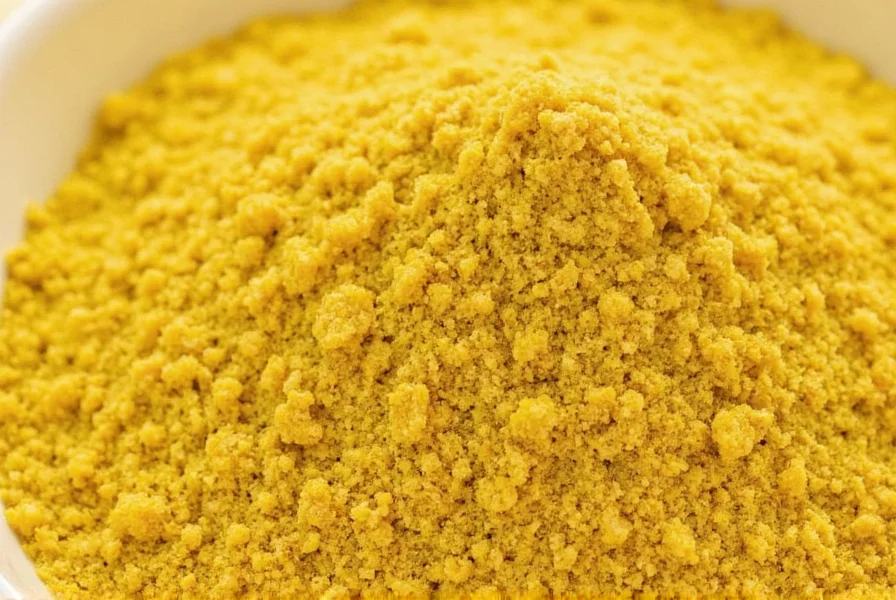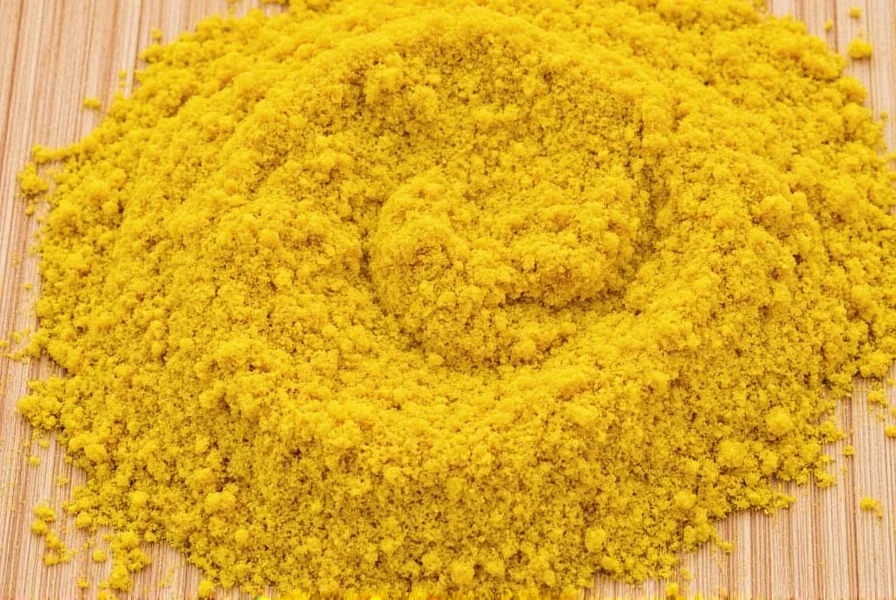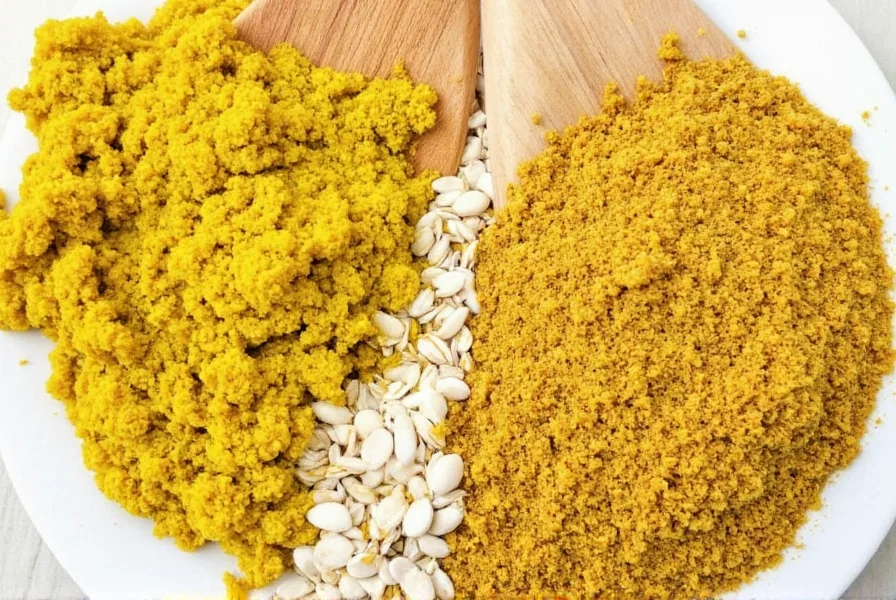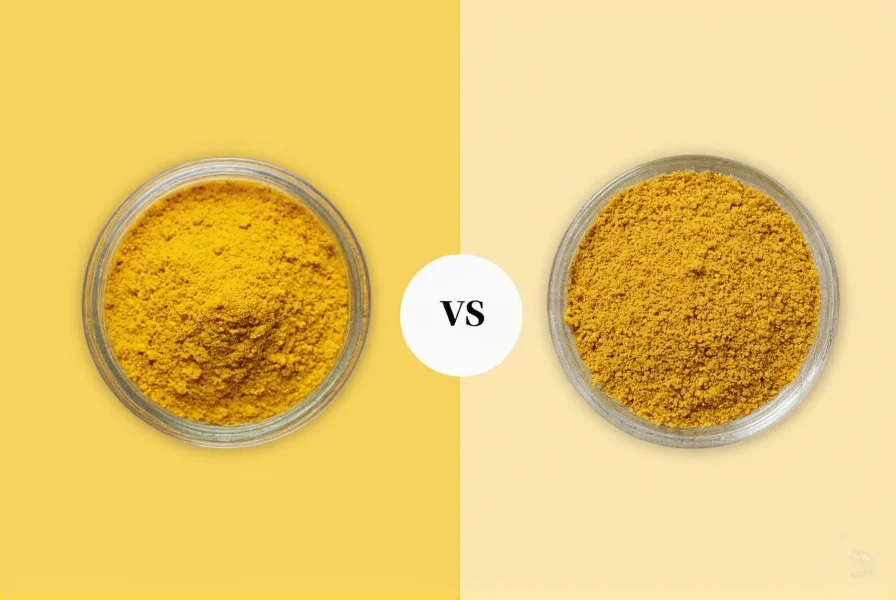Ground mustard and dry mustard are the same product — both refer to fine powder made from ground mustard seeds. Despite the different names, there's no meaningful difference between them, and they can be used interchangeably in any recipe without adjustments. This common confusion stems from inconsistent labeling practices across brands and regions, but culinary experts confirm they're identical.

Why the Confusion Exists
Many home cooks wonder if "ground mustard" and "dry mustard" are different because of inconsistent labeling. Some brands may label their product as "dry mustard" while others say "ground mustard," but both terms describe the exact same ingredient: mustard seeds ground into a fine powder. The confusion often arises from:
- Regional naming differences (e.g., "dry mustard" is more common in the U.S., while "mustard powder" is used globally)
- Brands adding minor ingredients like anti-caking agents (e.g., rice flour), but this doesn't change the core product
- Historical usage where "dry" emphasized the powder form versus wet mustard pastes
Can You Substitute One for the Other?
Yes, absolutely. Since ground mustard and dry mustard are the same product, you can substitute them 1:1 in any recipe. No adjustments are needed — whether you're making a marinade, salad dressing, or dry rub, they'll deliver identical flavor.
Buying Guide: What to Look For
When shopping for mustard powder, focus on these key factors:
- Check the label: Look for "mustard powder," "dry mustard," or "ground mustard" — all mean the same thing. Avoid products with unnecessary additives unless specified for a recipe.
- Brand recommendations:
- McCormick Mustard Powder: Widely available, consistent quality for everyday use.
- Spice Islands Dry Mustard: Fine texture, strong flavor for bold dishes.
- Frontier Co-op Organic Mustard Powder: Certified organic option for health-conscious cooks.
- Storage tips: Keep in an airtight container away from light and heat. Properly stored, it stays potent for 1-2 years. For maximum freshness, buy whole mustard seeds and grind them yourself as needed.

Creative Uses in Cooking
Don't limit mustard powder to just condiments! Here are creative ways to use it:
- Barbecue rubs: Add 1 teaspoon to your dry rub for smoked meats to enhance tanginess.
- Honey mustard sauce: Mix 1 tablespoon mustard powder with honey, mayo, and a splash of vinegar for a quick dip.
- Veggie marinades: Combine with olive oil, garlic, and herbs for a zesty vegetable glaze.
- Bread making: Add a teaspoon to pretzel dough for subtle warmth.

| Aspect | Ground Mustard | Dry Mustard |
|---|---|---|
| Definition | Ground mustard seeds powder | Ground mustard seeds powder |
| Substitution ratio | 1:1 | |
| Common uses | Rubs, sauces, dressings, baking | |
Frequently Asked Questions
Is ground mustard the same as dry mustard?
Yes, they are identical products. Both terms refer to ground mustard seeds powder. The different names come from regional or brand-specific labeling practices, but there's no meaningful difference between them. They can be used interchangeably 1:1 in any recipe.
What's the difference between mustard seed and dry mustard?
Dry mustard is simply ground mustard seeds. Whole mustard seeds need moisture to activate their flavor compounds, while dry mustard comes ready to use. Whole seeds have a longer shelf life but require grinding to release their full potential.
Can I make my own ground mustard at home?
Absolutely! Simply grind whole mustard seeds in a spice grinder or mortar and pestle until you reach your desired consistency. Homemade versions often have brighter, more vibrant flavor than store-bought.
Why does mustard taste different when mixed with different liquids?
The type of liquid used (water, wine, vinegar) affects how mustard compounds release. Water creates hotter, more pungent flavor initially, while acidic liquids like vinegar slow the reaction for milder, longer-lasting taste. Temperature also matters — cold liquid creates milder mustard, hot liquid creates sharper flavor that fades faster.
How long does ground mustard stay fresh?
Ground mustard maintains potency for 1-2 years when stored in an airtight container away from light and heat. You'll know it's losing freshness when the vibrant yellow color fades and sharp aroma diminishes. For longest shelf life, buy whole seeds and grind as needed.
Conclusion
Ground mustard and dry mustard are the same product — both are simply ground mustard seeds powder. The different names cause unnecessary confusion, but culinary experts confirm they're interchangeable with no adjustments needed. Understanding this simplifies your cooking and ensures perfect results every time.











 浙公网安备
33010002000092号
浙公网安备
33010002000092号 浙B2-20120091-4
浙B2-20120091-4